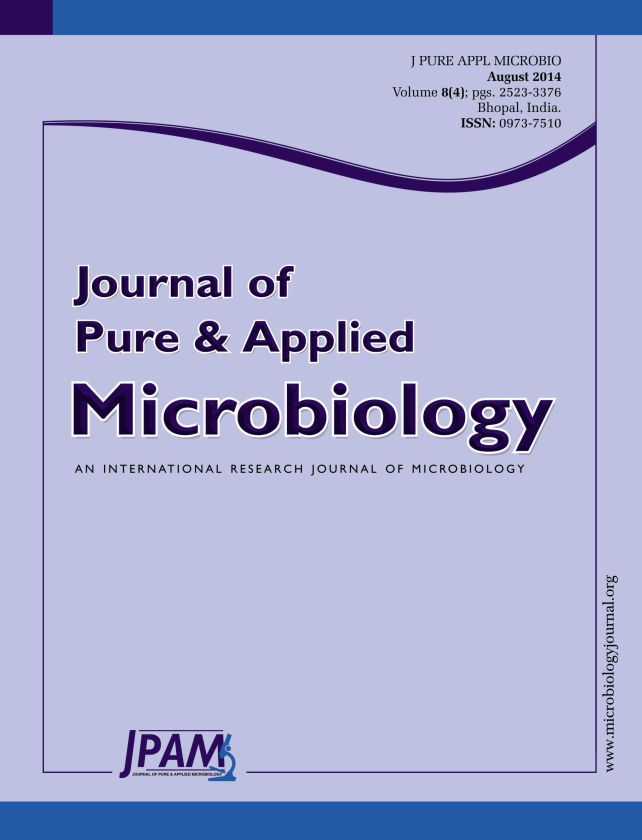Phosphorus is an essential macronutrient for the crop growth. Majority of soil phosphorus is present in plant unavailable forms. Soil microorganisms enrich phosphorus to plants by producing phosphatase enzymes. This investigation was carried out for the isolation and identification of alkaline phosphatase producing bacteria using a novel defined Glucose indicator dye medium containing 5-bromo-4-chloro-3-indolyl phosphate as phosphatase screening medium. Ninety bacterial strains were isolated from phosphorus rich soils of field crops. The isolates were categorized into thirty five types based on colony morphology and microscopic studies. Ten strains gave the high ratio of hydrolyzed zone. Twelve strains showed moderate and thirteen exhibited very poor phosphatase activity. S-VI-2 isolate identified as Streptococcus species released maximum amount of phosphorus. The bacteria isolated from field crops were bestowed with alkaline phosphatase activity. The isolate S-V-3 recognised as new strain of Kurthia species produced alkaline phosphatase in highest amount. The study reveals the detection and evaluation of phosphatase activity with the designed screening medium. Growth of bacteria is directly related to phosphate solubilization and alkaline phosphatase production abilities. This is the first investigation on the isolation and identification of alkaline phosphatase producing Kurthia species from field crops.
Novel screening medium, Phosphatases, Phosphate solubilization, Alkaline phosphatase, Kurthia species
© The Author(s) 2014. Open Access. This article is distributed under the terms of the Creative Commons Attribution 4.0 International License which permits unrestricted use, sharing, distribution, and reproduction in any medium, provided you give appropriate credit to the original author(s) and the source, provide a link to the Creative Commons license, and indicate if changes were made.


